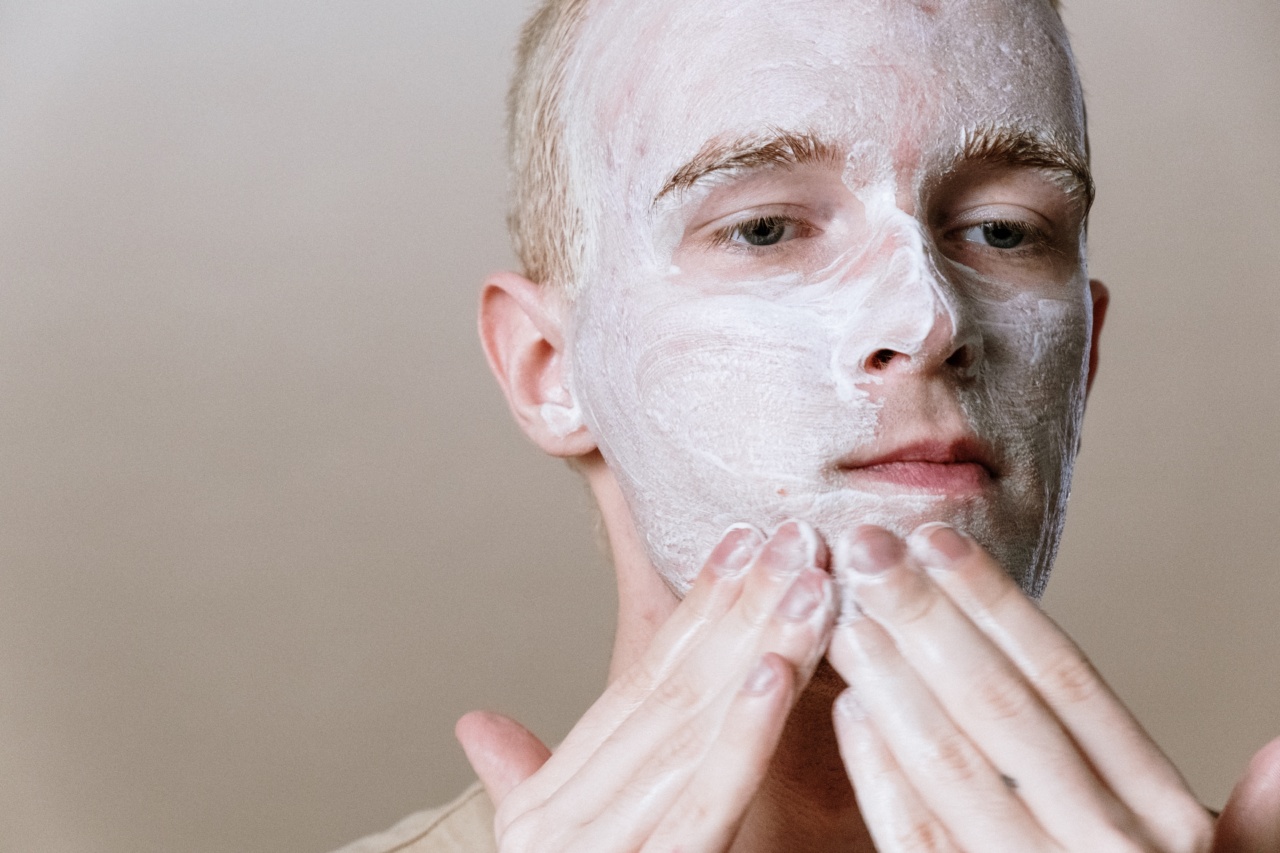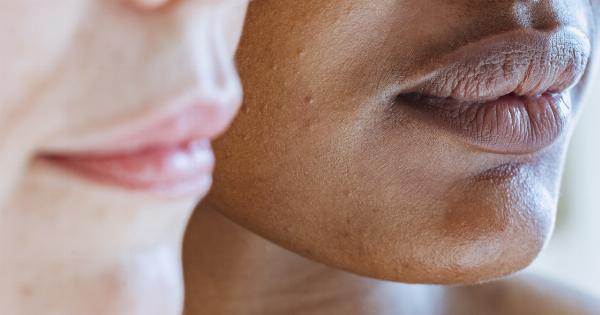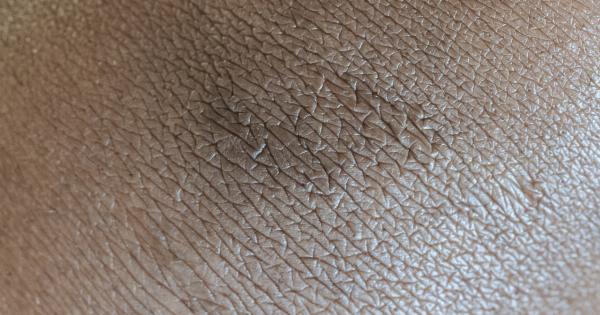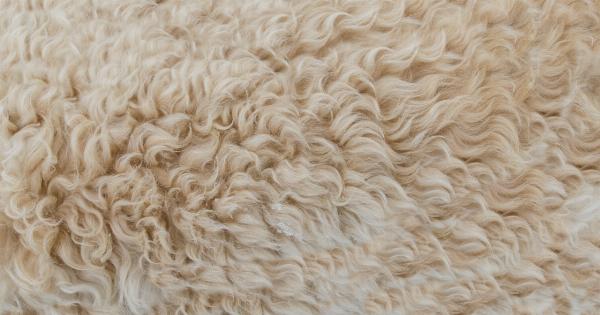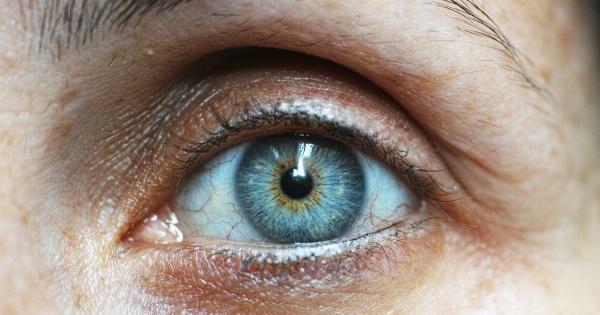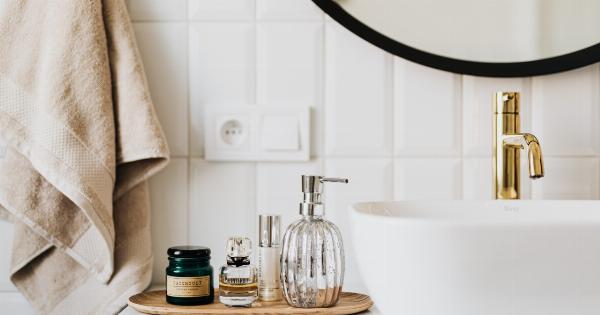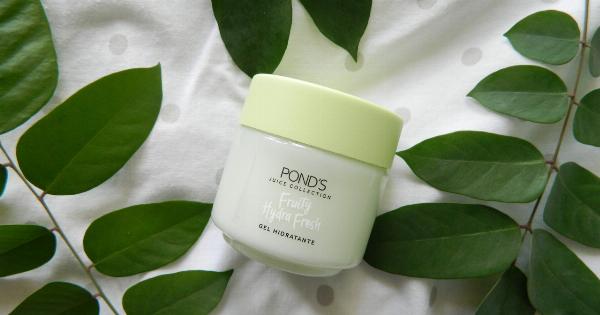Cleansing your face is an essential step in any skincare routine. However, many people unknowingly make mistakes when it comes to cleansing, which can lead to various skin issues.
By identifying and rectifying these mistakes, you can improve the effectiveness of your cleansing routine and achieve healthier, clearer skin. In this article, we will discuss some common mistakes people make while cleansing their face and provide tips to correct them.
Mistake 1: Using the wrong cleanser for your skin type
One of the biggest mistakes people make is using the wrong cleanser for their skin type. Different skin types require different formulations to address specific concerns.
For example, individuals with dry skin should opt for a gentle, hydrating cleanser, while those with oily skin may benefit from a cleanser that helps control excess oil production.
To determine your skin type, observe how your skin behaves throughout the day. If it tends to feel tight and lacks moisture, you likely have dry skin. If your skin appears shiny and prone to breakouts, you may have oily skin.
Combination skin typically exhibits both dryness and oiliness in different areas of the face.
Once you know your skin type, choose a cleanser that is specifically formulated for it. Look for keywords such as “hydrating” or “oil-balancing” on the product packaging to ensure you select the right cleanser for your needs.
Mistake 2: Using hot water to cleanse
While warm water can help open up the pores and facilitate deeper cleansing, using hot water can be damaging to the skin. Hot water strips away the skin’s natural oils, leaving it dry and vulnerable to irritation.
To avoid this mistake, use lukewarm water to cleanse your face. This temperature is sufficient to cleanse effectively without being harsh on the skin. After cleansing, rinse your face with cold water to close the pores and tighten the skin.
Mistake 3: Rushing through the cleansing process
Many people make the mistake of rushing through their cleansing routine, spending only a few seconds on the process. However, proper facial cleansing requires time and attention to remove dirt, oil, and makeup effectively.
To cleanse your face thoroughly, spend at least one minute massaging the cleanser onto your skin using upward, circular motions. This allows the cleanser to penetrate deep into the pores and loosen dirt and impurities.
Take the time to focus on areas prone to congestion, such as the nose and chin.
Mistake 4: Over-exfoliating the skin
Exfoliation is a crucial step in any skincare routine, but overdoing it can cause more harm than good. Exfoliating too frequently or using harsh scrubs can lead to skin irritation, dryness, and even breakouts.
It’s important to exfoliate no more than two to three times a week, depending on your skin’s sensitivity. If you have sensitive skin, opt for gentle chemical exfoliants such as alpha hydroxy acids (AHAs) or beta hydroxy acids (BHAs).
These acids help remove dead skin cells without the need for physical scrubbing.
Mistake 5: Not removing makeup properly
If you wear makeup, it’s crucial to remove it thoroughly before cleansing your face. Failing to do so can result in clogged pores, breakouts, and dull-looking skin.
Start by using a gentle, oil-based makeup remover to dissolve and remove your makeup. Follow this up with your regular cleanser to ensure all traces of makeup are eliminated.
Pay extra attention to areas where makeup tends to accumulate, such as around the eyes and along the hairline.
Mistake 6: Using dirty washcloths or towels
A common mistake many people make is using dirty washcloths or towels to cleanse their face. These can harbor bacteria and dirt, which can transfer onto your skin and exacerbate existing skin issues.
To avoid this mistake, ensure you use a clean washcloth or towel each time you cleanse your face. If possible, opt for gentle disposable wipes or microfiber cloths, as they are less likely to harbor bacteria.
Mistake 7: Skipping the double cleanse
Double cleansing, a Korean skincare technique, involves using an oil-based cleanser followed by a water-based cleanser.
This method helps remove both oil-based impurities (like makeup and sebum) and water-based impurities (like sweat and dirt) effectively.
Skipping the double cleanse can leave behind residue that clogs pores and prevents proper absorption of skincare products.
Incorporate this technique into your routine by massaging an oil-based cleanser onto dry skin to dissolve oil-based impurities, and then follow up with a water-based cleanser to remove any remaining residue.
Mistake 8: Neglecting the neck and décolletage
When cleansing their face, many people forget to extend the process to their neck and décolletage area. Neglecting these areas can lead to uneven skin tone, fine lines, and premature aging.
To avoid this mistake, extend your cleanser to your neck and décolletage and use upward strokes to massage the product in. Be gentle and pay attention to these areas, treating them with the same care as your face.
Mistake 9: Using a dirty or bacteria-ridden cleansing tool
Cleansing tools like facial brushes or sponges can be beneficial in removing dirt and dead skin cells. However, using a dirty or bacteria-ridden tool can do more harm than good to your skin.
Regularly clean and sanitize your cleansing tools according to the manufacturer’s instructions. Replace facial brush heads or sponges regularly to avoid the accumulation of bacteria.
Using a clean tool ensures that you’re not introducing additional dirt or bacteria to your freshly cleansed face.
Mistake 10: Neglecting to moisturize after cleansing
After cleansing, it’s essential to moisturize your skin to replenish lost hydration and restore the skin’s barrier function. Many people overlook this step, leading to dry, tight, and uncomfortable skin.
Select a moisturizer that suits your skin type and apply it immediately after patting your face dry. Massage the moisturizer into your skin using gentle upward strokes to ensure even distribution.
Don’t forget to extend the moisturizer to your neck and décolletage as well.
Conclusion
By avoiding these common cleansing mistakes and adopting the correct techniques, you can optimize the effectiveness of your skincare routine.
Remember to choose a cleanser that suits your skin type, cleanse with lukewarm water, take your time, remove makeup thoroughly, and double cleanse when needed. Pay attention to often neglected areas, use clean tools, and always moisturize after cleansing. With these tips, you’ll be well on your way to achieving cleaner, healthier, and more radiant skin.
